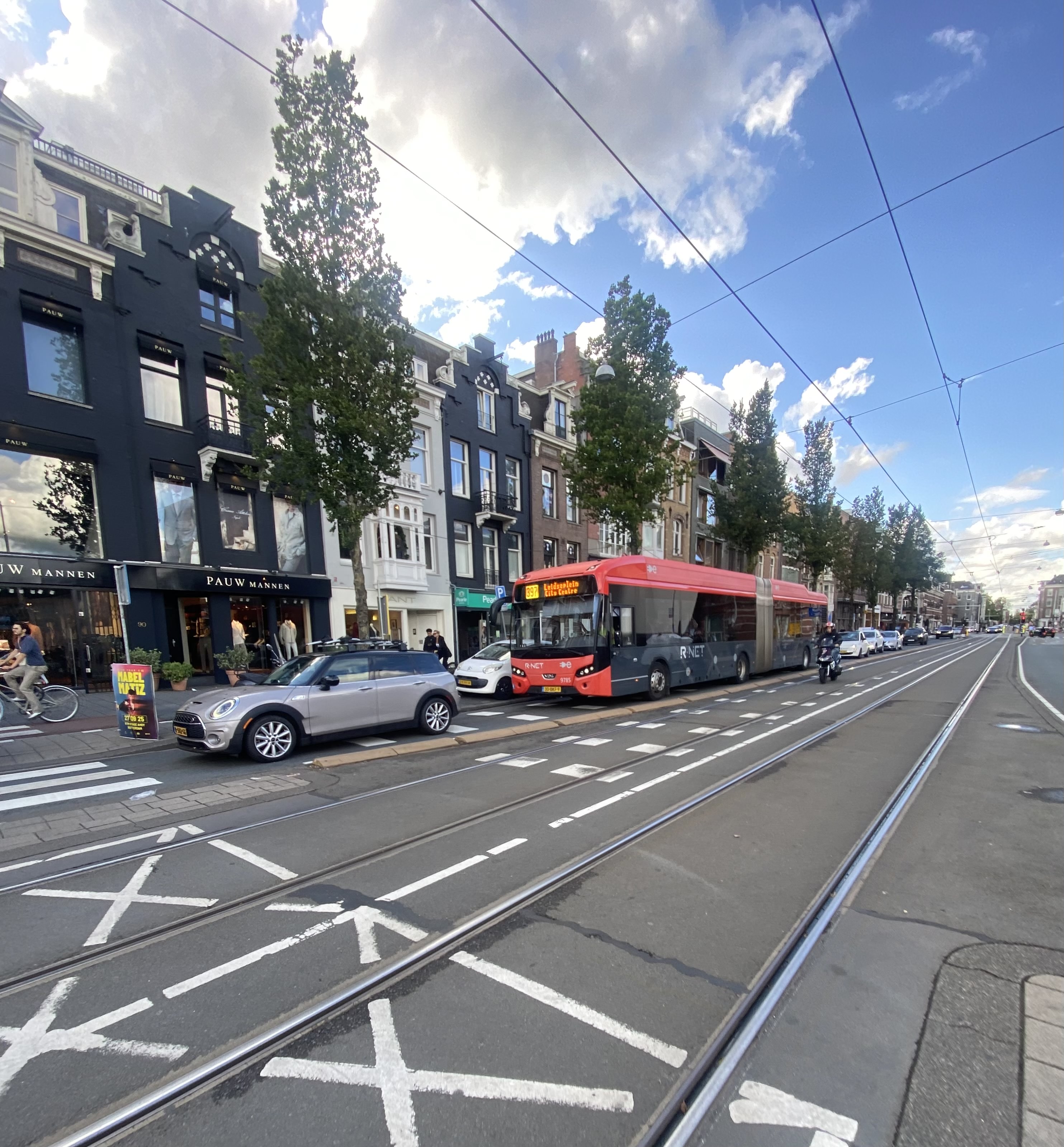What Amsterdam Can Teach Central Ohio About Housing Supply
Discover how Amsterdam’s housing and transit model can inspire Central Ohio to build denser, more walkable, and affordable communities.

What Amsterdam Can Teach Central Ohio About Housing Supply
About a month or so ago, I returned from a trip to Amsterdam. Amsterdam was a vibe — the food, the people, the canals and the bikes. Don’t ask how many times I had to dodge a bike! The city was amazing. But call me a housing geek because I really took note of the way housing and transportation work together — how much density they’ve been able to build without it feeling overwhelming.
In Amsterdam, you’ll see mid-rise apartment buildings right next to tram lines, buses, and bike lanes. The housing is compact, but it doesn’t feel cramped. I venture to say that’s because the design prioritizes walkability, public space, and access to efficient mass transportation. You don’t need a car to get everywhere, which frees up land and resources that otherwise go into parking lots, garages, and endless road expansion.
In Central Ohio, we can learn from that model. Our region is growing fast — the fastest in the state and the fastest in the Midwest. Unfortunately, too often housing is separated from transit — worse yet, housing is built in places where there’s little to no transit at all. That drives up costs, limits access to resources, and makes it harder for people to live close to where they work or study.
If we really want to increase the supply of housing in Central Ohio, we need to think more like Amsterdam:
- Build density near transit. Apartments, townhomes, and mixed-use buildings right by bus rapid transit lines, COTA hubs, or—dare I say it—future rail corridors.
- Reduce our reliance on cars. Every parking space adds cost to the development of housing. If we design neighborhoods where people can get around without driving everywhere, we can lower costs and build more homes.
- Use land more efficiently. Amsterdam proves that you can fit a lot of people into a small footprint if you plan carefully and mix uses — residential, commercial, and recreational.
I get it — Columbus isn’t Amsterdam, and we don’t have canals around every corner (though the trails are pretty great and will be even better as a result of LinkUs). But we can take the principle that housing and transportation must go hand in hand and apply it here. If we do, Central Ohio can continue to grow and do so in a way that’s affordable, accessible, and sustainable.
We have a chance right now to shape how our region grows. The question is: will we build out the same way we always have, or will we take inspiration?
